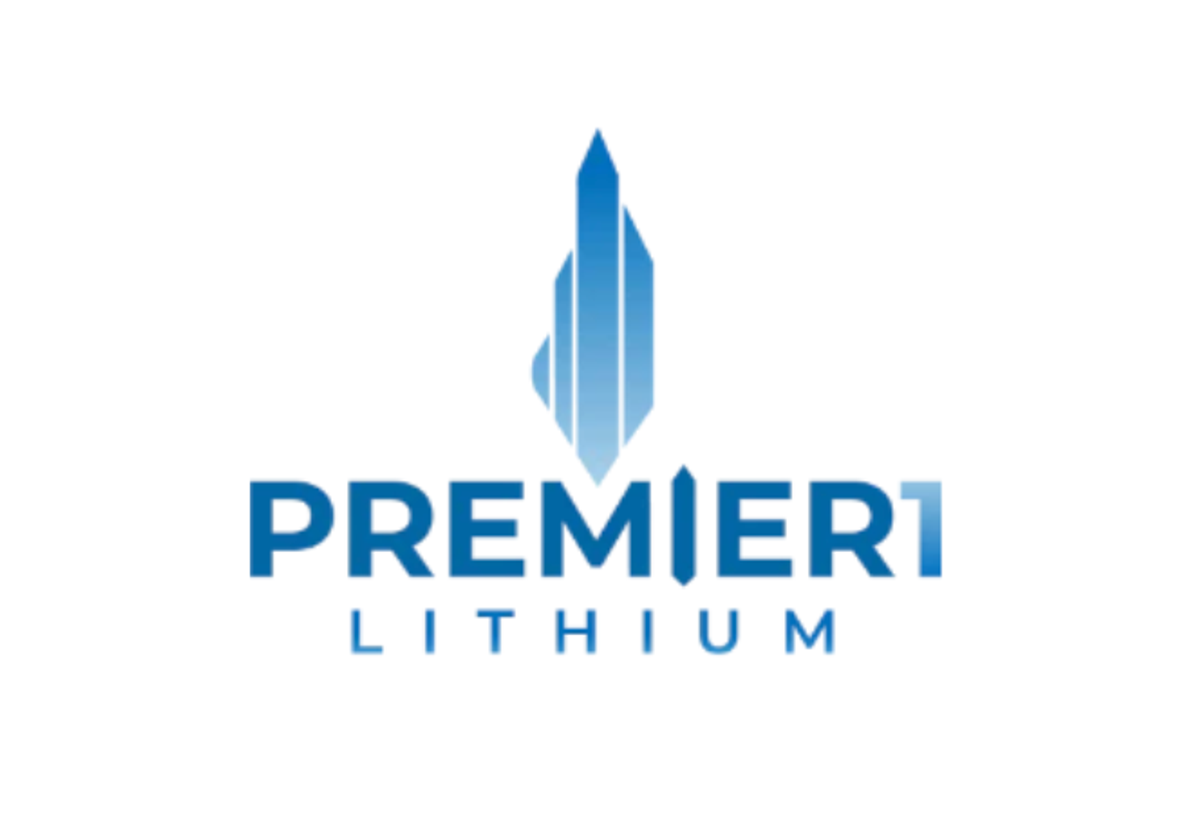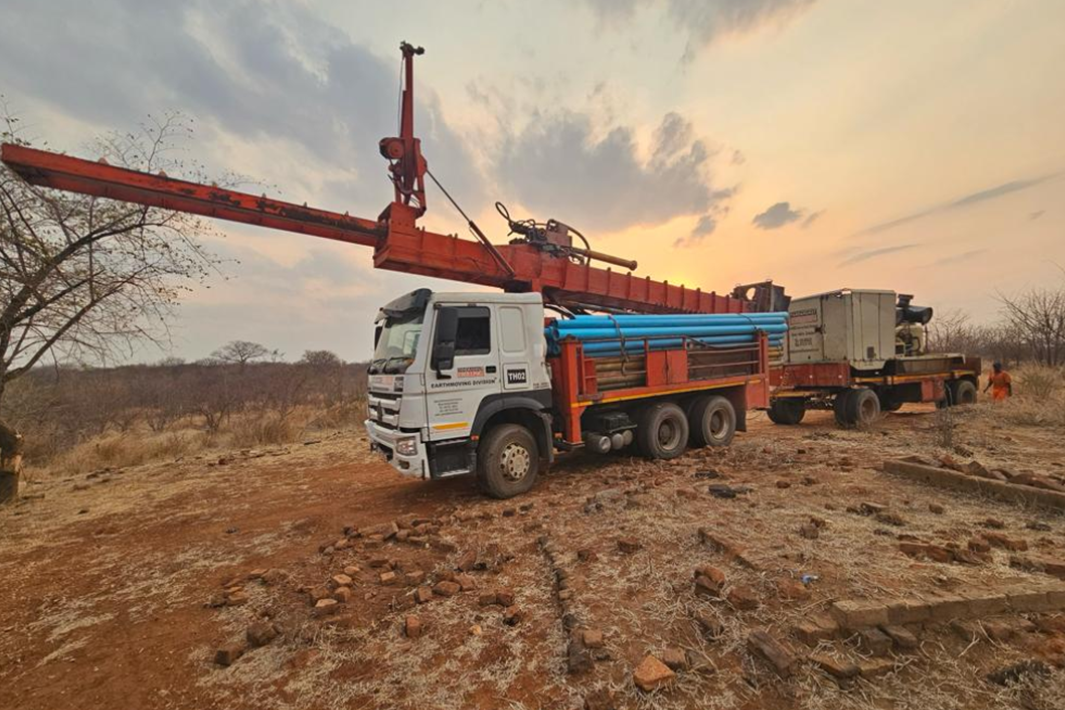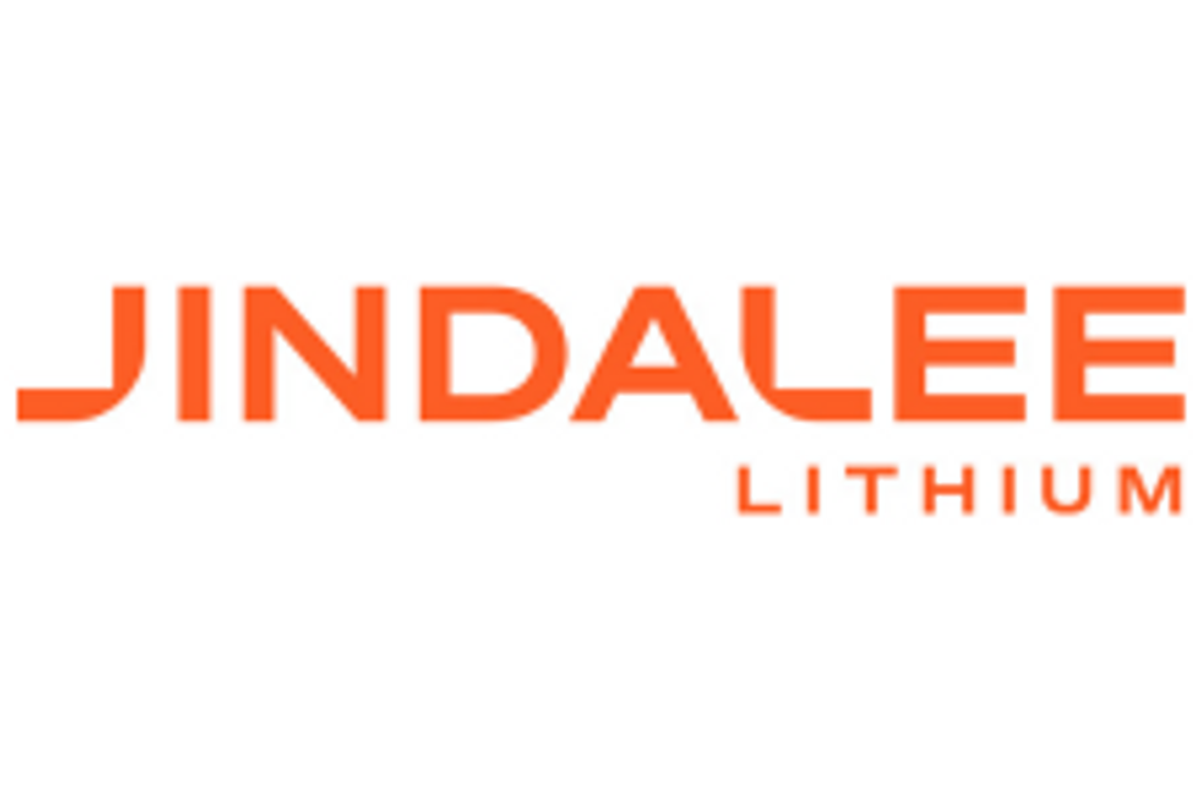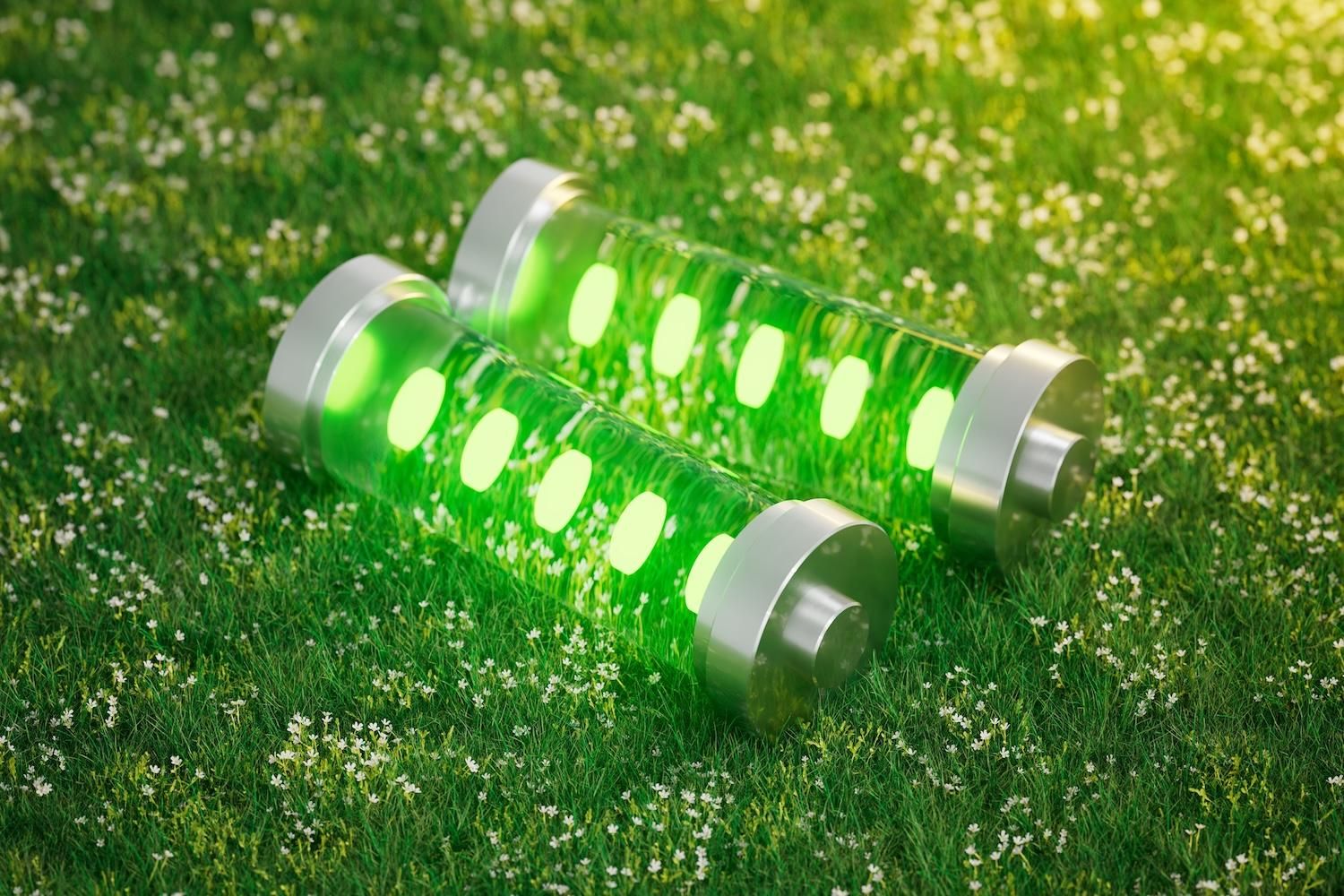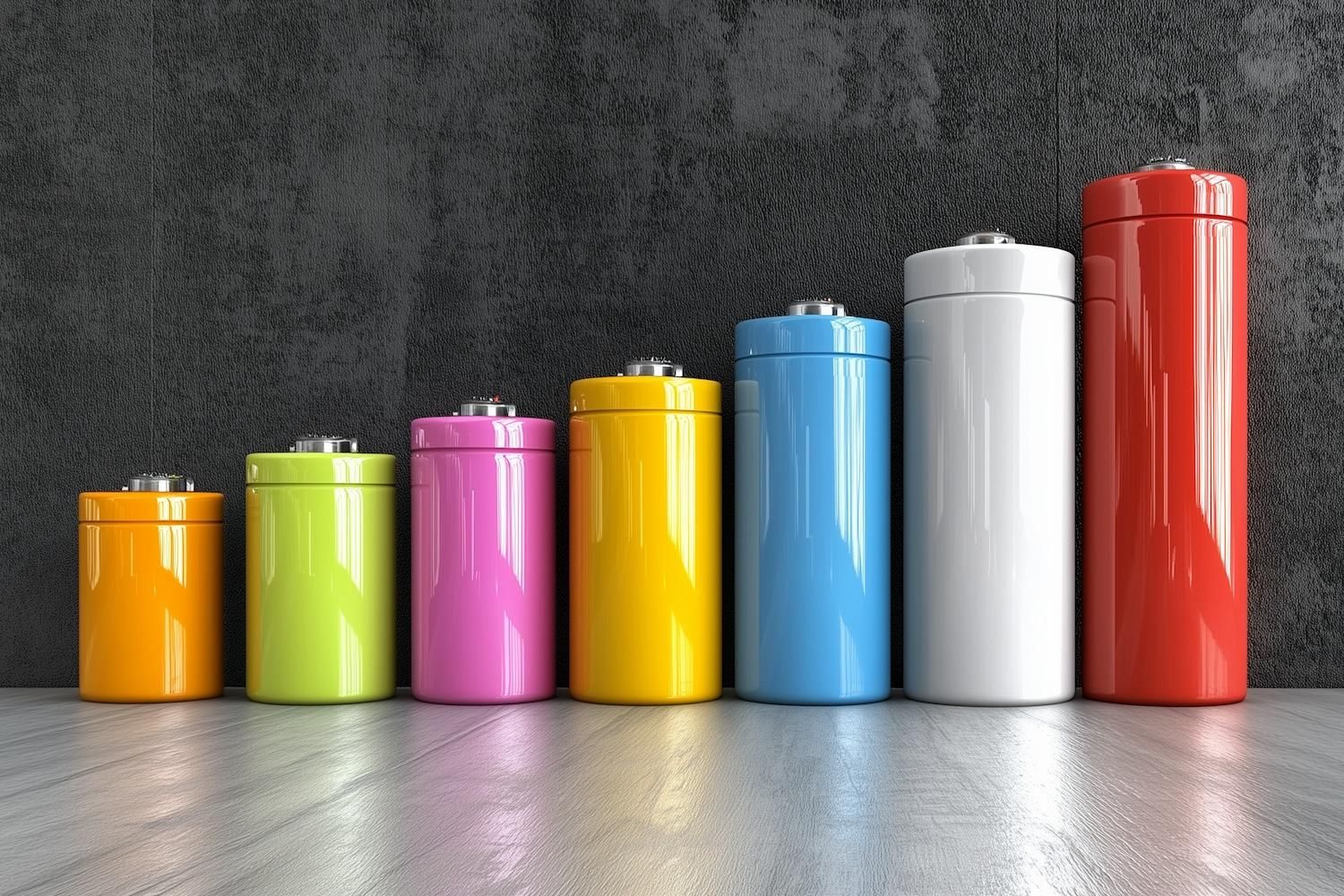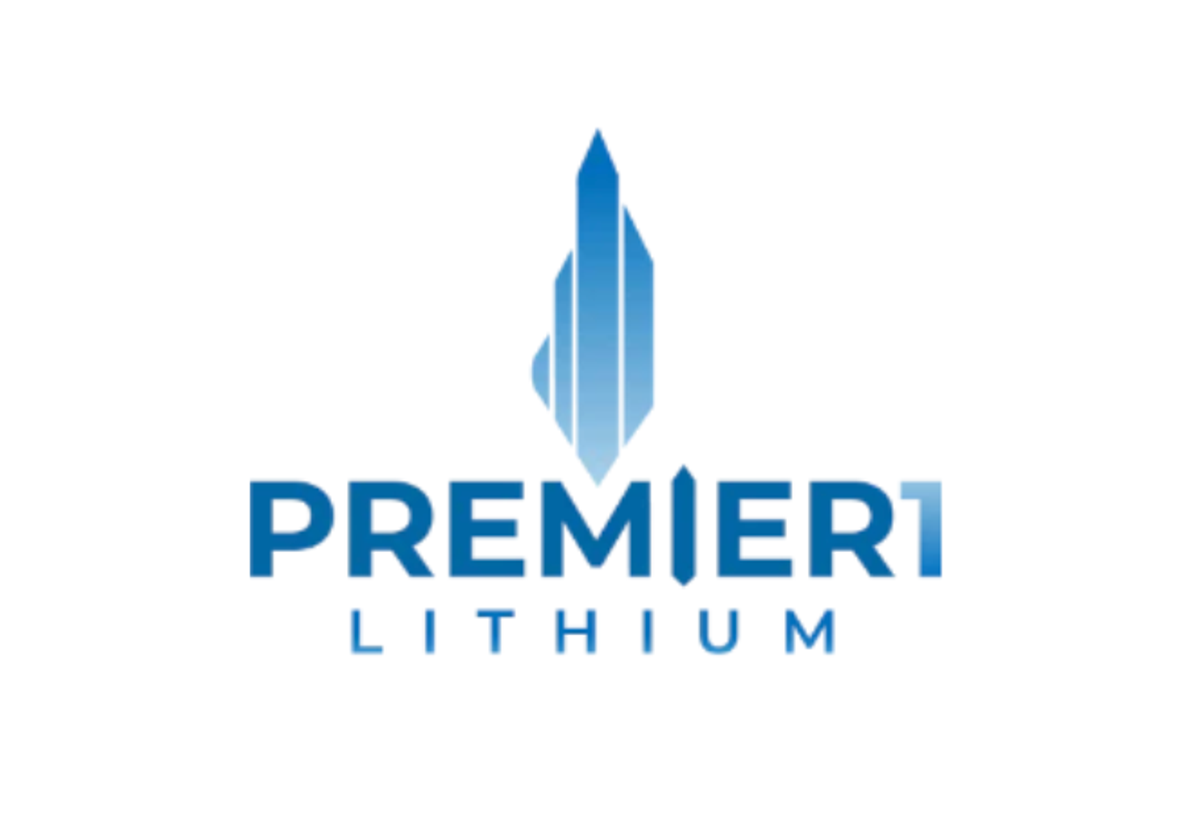
May 06, 2024
Premier1 Lithium Limited (ASX:PLC) (“Premier1” or the “Company”) is pleased to announce the appointment of Mr Jason Froud as Managing Director effective 1 June 2024. This appointment following an extensive executive search process marks an important milestone in the transition of Premier1 into a significant junior lithium explorer.
HIGHLIGHTS
- Highly experienced lithium professional Jason Froud appointed as Managing Director
- Former Business Development Manager of Liontown Resources (ASX: LTR)
- Over 25 years experience in the resources sector focusing on lithium and battery metals
- Appointment will drive exploration and further growth of Permier1 Lithium’s portfolio
Mr Jason Froud is a geologist with over 25 years of experience in the resources sector working for major mining companies including Newcrest and WMC as well as global consultancies with experience across the mining cycle and numerous commodities. He was recently responsible for business development at Liontown Resources including the generation of new lithium and battery metals projects of Tier 1 potential including the execution of various farms-ins and joint ventures across Australia. With his wide range of experience including commercial and stakeholder engagement, Jason is ideally suited to drive PLC’s growth and success into the future.
Premier1’s Non-Executive Director Anja Ehser commented:
“We are delighted to appoint Jason as Managing Director. Jason is the former Business Development Manager of Liontown Resources where he has played a leading role in generating a pipeline of new major lithium and battery metals projects in Australia. He brings tremendous experience and expertise in assessing and valuing lithium assets that will assist Premier1’s growth using our unique lithium data sets.
On behalf of the Board, I am delighted to welcome Jason to our Company. We look forward to working closely with him to create shareholder value through continued development of our existing exploration assets and further project opportunities.”
Incoming Managing Director Jason Froud said:
"l am excited to accept the role of Managing Director at Premier1. The Company has the vision, commitment and importantly, the backing to build Premier1 into a successful junior explorer and maximise the chance of exploration success with its industry leading machine learning technology.
I am impressed at the rigour and diligence the team has applied in assembling the current exploration package and look forward to the opportunity to fully test this and enhance it with further organic growth or M&A activity. Recent months have been challenging for battery minerals but I am confident in the underlying demand for EV metals and strong recovery in the sector.
I look forward to working closely with Premier1's Board and shareholders, and to delivering value for all stakeholders.’
The Board and entire team of PLC again would like to thank Richard Taylor, the current CEO, for his contribution and commitment during the past transition of PLC and is pleased to have him remain part of the Company as non-executive Director from June onwards.
In addition to the management, further additions are planned to be made to the leadership team at PLC to align with the new strategy.
Click here for the full ASX Release
This article includes content from Premier1 Lithium, licensed for the purpose of publishing on Investing News Australia. This article does not constitute financial product advice. It is your responsibility to perform proper due diligence before acting upon any information provided here. Please refer to our full disclaimer here.
PLC:AU
The Conversation (0)
05 June 2024
Premier1 Lithium
AI-based and data-driven approach to lithium exploration in Western Australia
AI-based and data-driven approach to lithium exploration in Western Australia Keep Reading...
10 December
Rock Bottom: Strategic Window for Ground-level Lithium Investment
When lithium prices hit bottom, savvy investors know that’s exactly where the next big discovery begins — literally. Beneath the surface of global markets and remote exploration grounds, new opportunities are forming in the wake of a sharp price reset and renewed geopolitical urgency.Recent... Keep Reading...
10 December
Liontown Resources Pens Lithium Offtake Agreement with China's Canmax
Liontown Resources (ASX:LTR,OTC Pink:LINRF) has executed a binding offtake agreement with Chinese conglomerate Canmax Technologies (SZSE:300390) as part of its strategy to diversify its customer base.“Listed on the Shenzhen Stock Exchange, Canmax is one of the world’s leading manufacturers of... Keep Reading...
08 December
Trading Halt
Jindalee Lithium (JLL:AU) has announced Trading HaltDownload the PDF here. Keep Reading...
05 December
Livium Receives A$663k in RsD Tax Incentive Rebates for VSPC
Livium Ltd (ASX: LIT) (“Livium” or the “Company”) advises that it has received A$663,000 in research and development ("R&D") tax incentive rebates from the Australian Tax Office for the 2025 financial year ("FY25"), relating to its wholly owned subsidiary VSPC Pty Limited ("VSPC"). The rebate... Keep Reading...
01 December
Why SQM Says Social Dialogue is Key to Sustainable Lithium
As scrutiny continues to intensify across the battery metals supply chain, the conversation around sustainability has moved far beyond carbon footprints. At this year’s Benchmark Week, Stefan Debruyne, director of external affairs at Sociedad Quimica y Minera de Chile (SQM) (NYSE:SQM), made that... Keep Reading...
27 November
Battery Storage Market Surging as Electricity Demand Enters New Era
Speaking at Benchmark Week, Iola Hughes, head of battery research at Benchmark Mineral Intelligence, outlined a market that is undergoing “very strong growth" and becoming indispensable to energy security.Hughes described energy storage as the fastest-growing segment in the battery sector today.... Keep Reading...
Latest News
Latest Press Releases
Related News
TOP STOCKS
American Battery4.030.24
Aion Therapeutic0.10-0.01
Cybin Corp2.140.00
